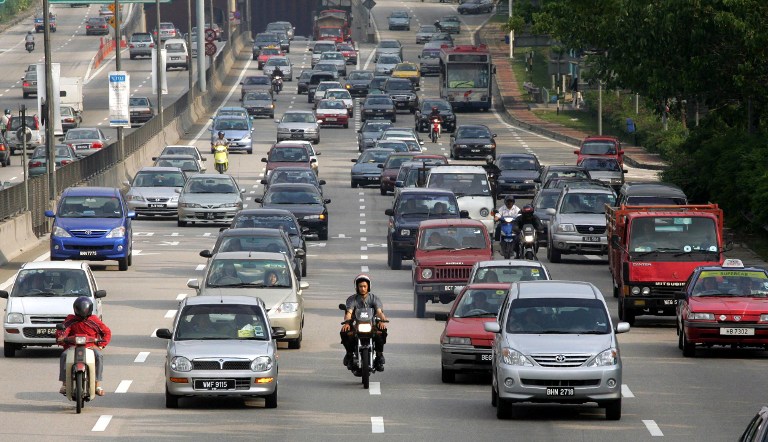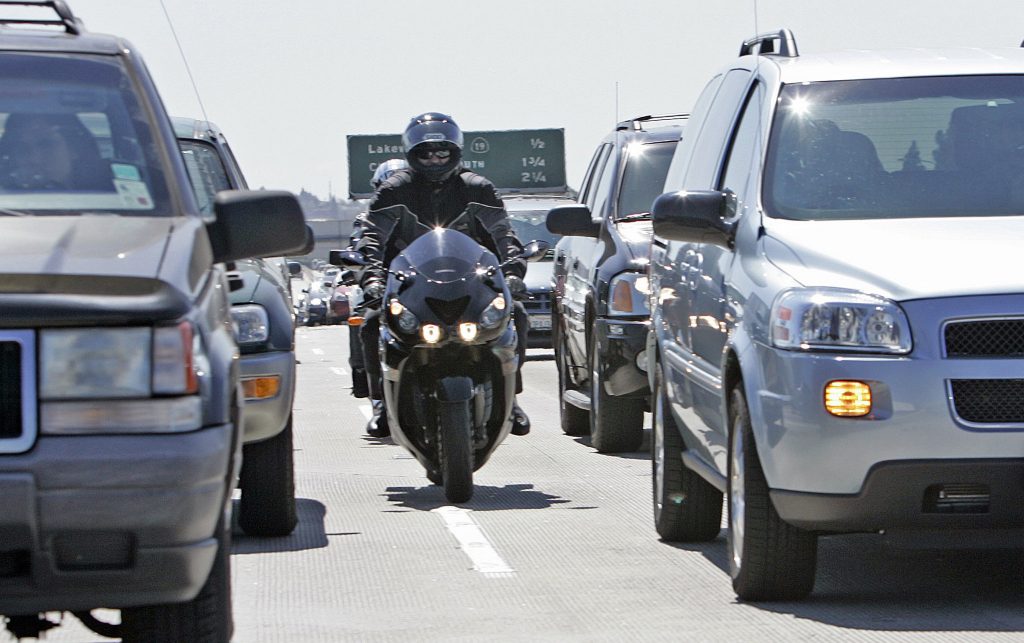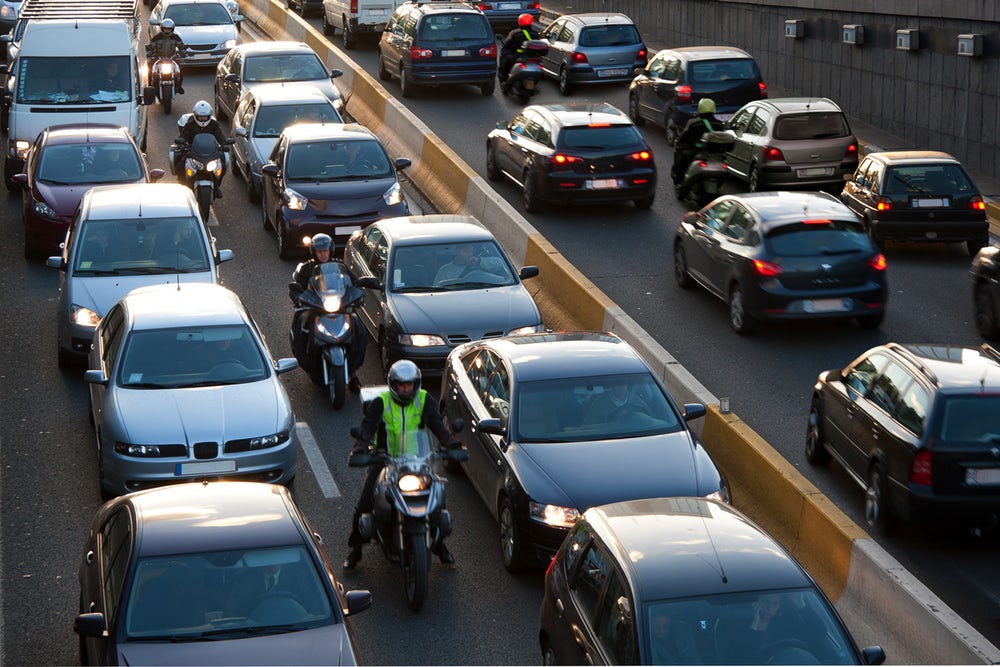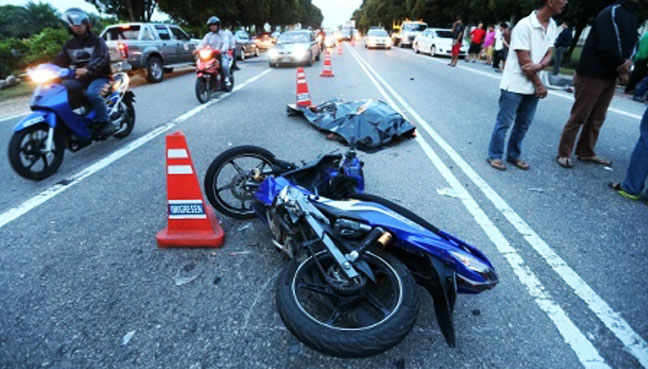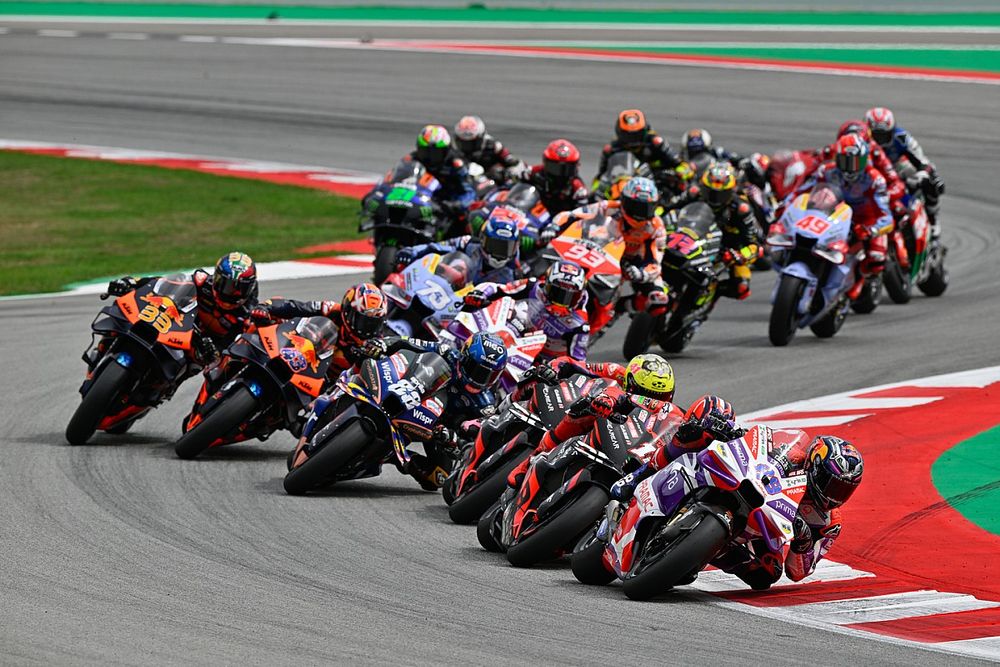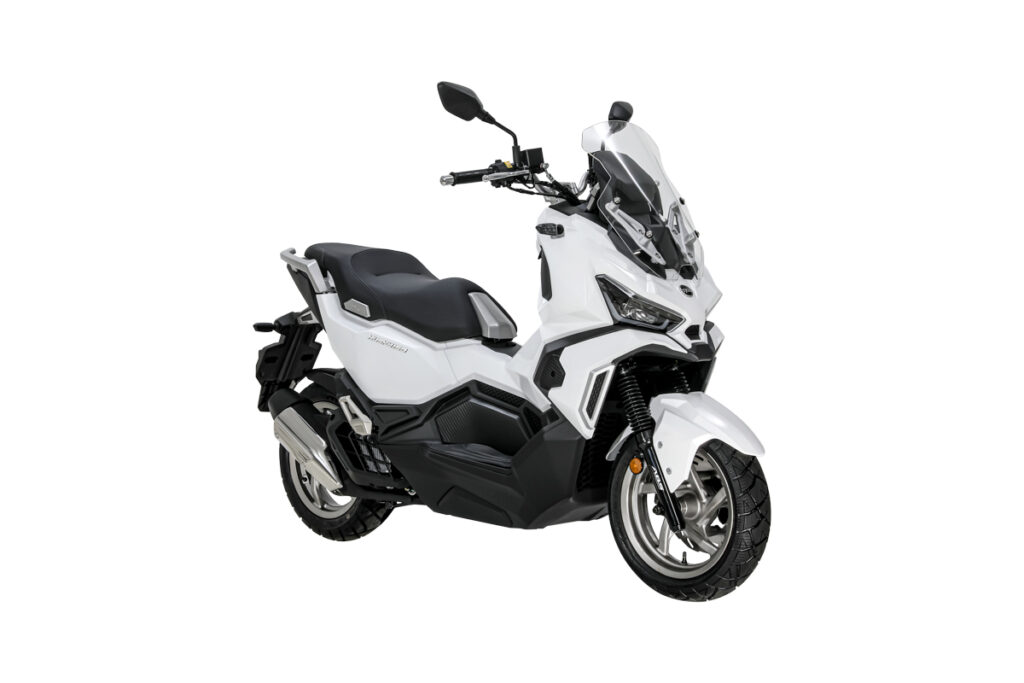Lane filtering or lane splitting is so engrained in the Malaysian motorcycle culture that it is hard to imagine riding a motorcycle without splitting lanes.
Can you imagine if that did not happen? Your Grab and Food Panda delivery orders will take much longer, and Malaysian roads would just be so – weird – if all bikers stuck to riding behind cars instead or riding in between them.
But this so called “accepted behavior” is not necessarily safe. In fact it does not need mega hours of research to tell you that lane-splitting is extremely risky. But that is what we are about to get into here – a detailed study on the safety of lane splitting.
A five-year experiment conducted by the Federation of European Motorcycles Associations (FEMA) and assessed by the Centre for Studies and Expertise on Risks, Environment, Mobility and Planning (CEREMA) found that lane-splitting caused a 12% increase in motorcycle crashes in areas where splitting was allowed.
And the areas where lane-splitting was not allowed, actually saw a decrease of accidents by a whopping 10%.
But then again, this is not something that needs an in-depth study, any biker that rides everyday can tell you that lane-splitting is very dangerous. And there are thousands of videos that show you what can happen when lane-splitting is done wrong.
But the purpose of this study is to protect motorcyclists.
French motorcyclists organisation, “Federation Francaise Des Motards En Colere’ which literally translates to “Angry Bikers Federation” was involved in the study from the very beginning and was one of the organizations that helped set up guidelines for lane splitting. And it found that with proper training of young drivers as well as setting up of guidelines for lane-splitting, the act of lane-splitting itself had a positive impact.
And even though the results were not satisfying, but with proper guidelines and training of both riders and drivers, lane-splitting can be made safe.
But don’t expect such a thing to every be introduced to Malaysia in the near future – lane-splitting is so engrained in our riding culture that it would take generations to make it safer through training.
You can read the full report here.

